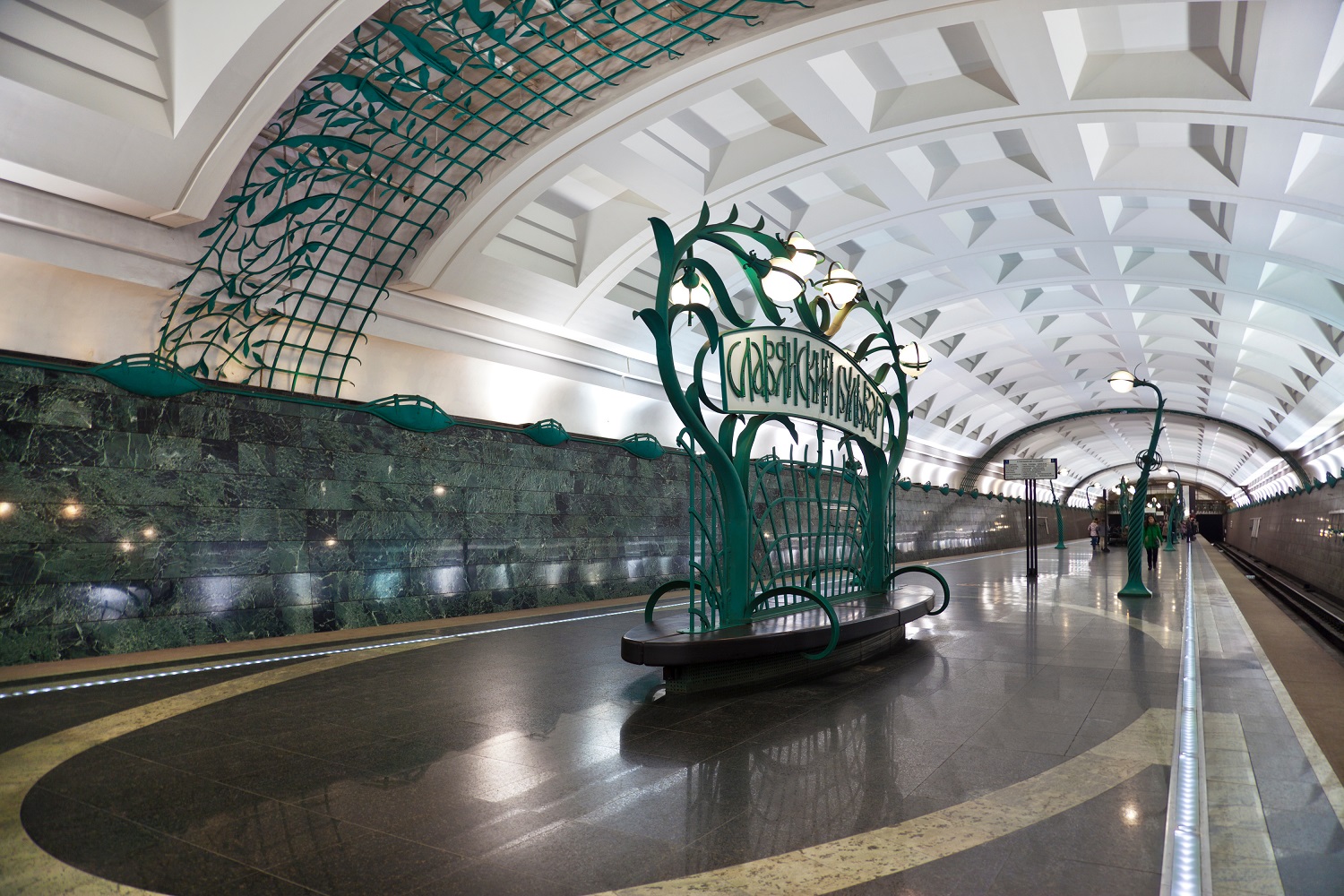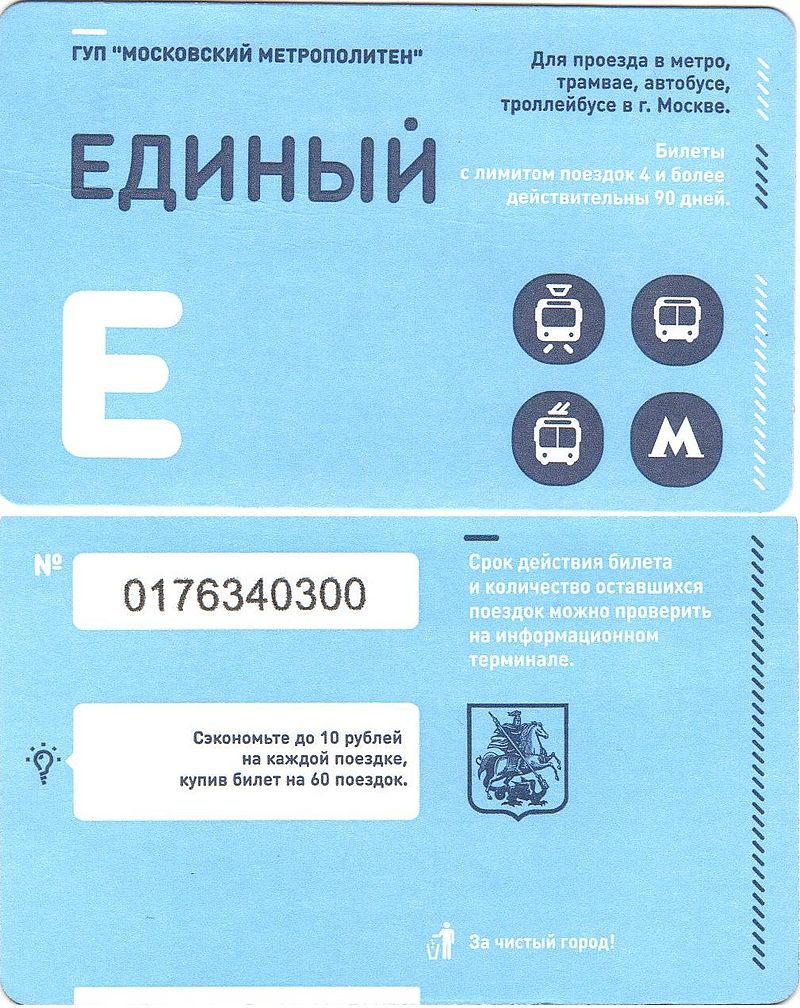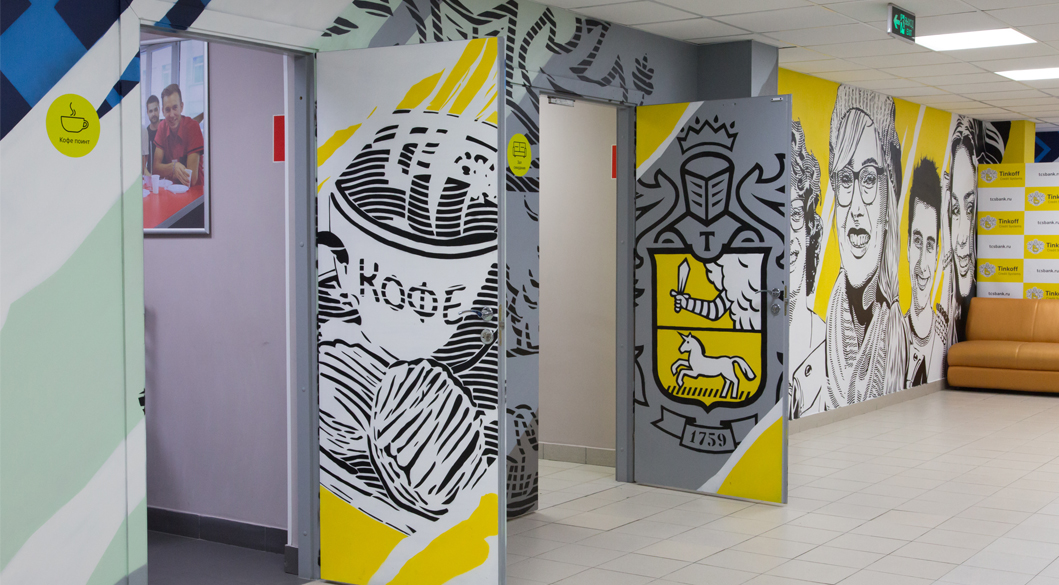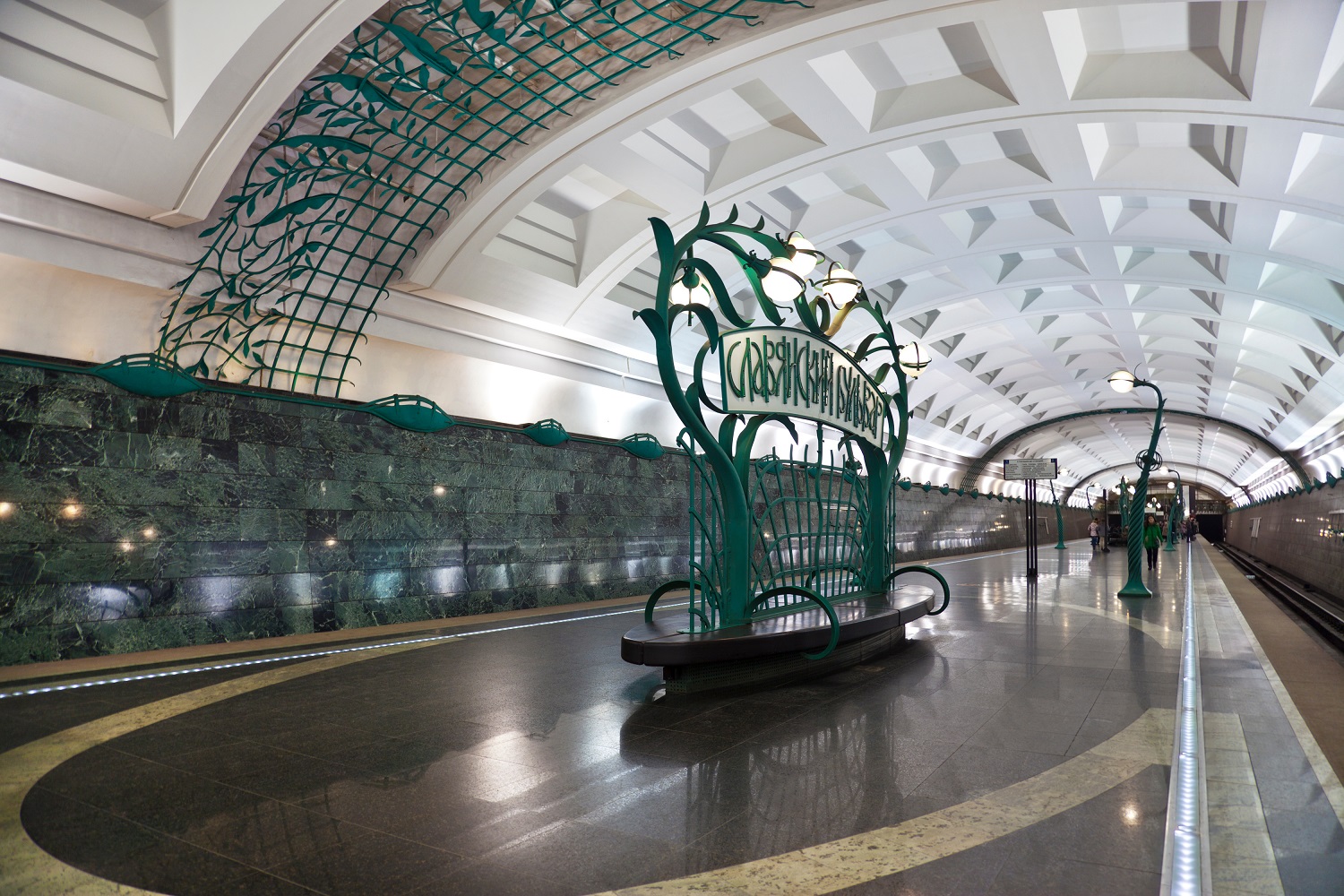Moscow Metro to Join Russia’s Digital Ruble Trial – CBDC Gathering Pace

The Russian Central Bank will pilot its digital ruble on Moscow’s metro system as the nation’s CBDC project begins to gather pace.
The Central Bank earlier this week suggested that the pilot – which officially begins on August 15 – would center around smaller retailers located in 11 unnamed Russian cities.
But the bank appears keen to fast-track the launch of its token, and has now teamed up with the capital’s famous metro system.
The Russian media outlet Vedemosti reported that a “closed focus group” of Moscow-based citizens would be allowed to trial paying their fares using the CBDC.
Roman Latypov, First Deputy Head of the Department of Transport and Road Infrastructure Development of Moscow, told attendees at press conference that there would be two ways for members of the pilot group to pay.
He said that customers could either use pay directly from their CBDC wallets or use the coin to buy a Troika travel card.
Troika is the name of the Moscow transport network’s smartcard, which can also be used on the capital’s buses, monorail lines, trolleybuses, and trams.

The Troika cards made available to digital ruble-paying customers will have a unique, commemorative design, the transport chief added.
Russia’s Digital Ruble: Moscow Metro Prepares for Pilot
Latypov added that the Moscow Metro was currently updating its IT networks to allow it to accept payments made in the digital ruble.
And should the pilot prove successful, “testing for fare payment will be expanded to [other] forms of public transport,” Latypov said.
He added:
“At that stage, we will openly involve passengers in a more active manner.”
Latypov did not say when the metro trials would begin, nor how many people would be in the test group.
But he did say that it would “be possible to” use the token “throughout the subway network.”
The Central Bank, meanwhile, hopes to add more commercial banking partners to the pilot as soon as possible.
Olga Skorobogatova, the bank’s First Deputy Governor, stated that a “second group” of 16 banks is already “ready to join, very quickly.”
An initial group of 13 banks will join next week’s pilot, with the second group expected to join “next year,” per the Central Bank.
The group was originally 15-strong.
But was whittled down when Sberbank and Tinkoff Bank (two of the nation’s biggest financial groups) dropped out.

Not all banks appear to be keen: The biggest association of Russian banks earlier this month expressed concerns about the token.
The Central Bank is yet to publish its “second group” list.
But the same media outlet noted that the Crimea-based Russian National Commercial Bank and the Moscow Credit Bank were “known” to have been included.
The bank has previously stated that 600 citizens will begin using the token on Tuesday next week.
Earlier this year, China piloted power- and network-free CBDC payments on the metro system of the city of Quingdao.



